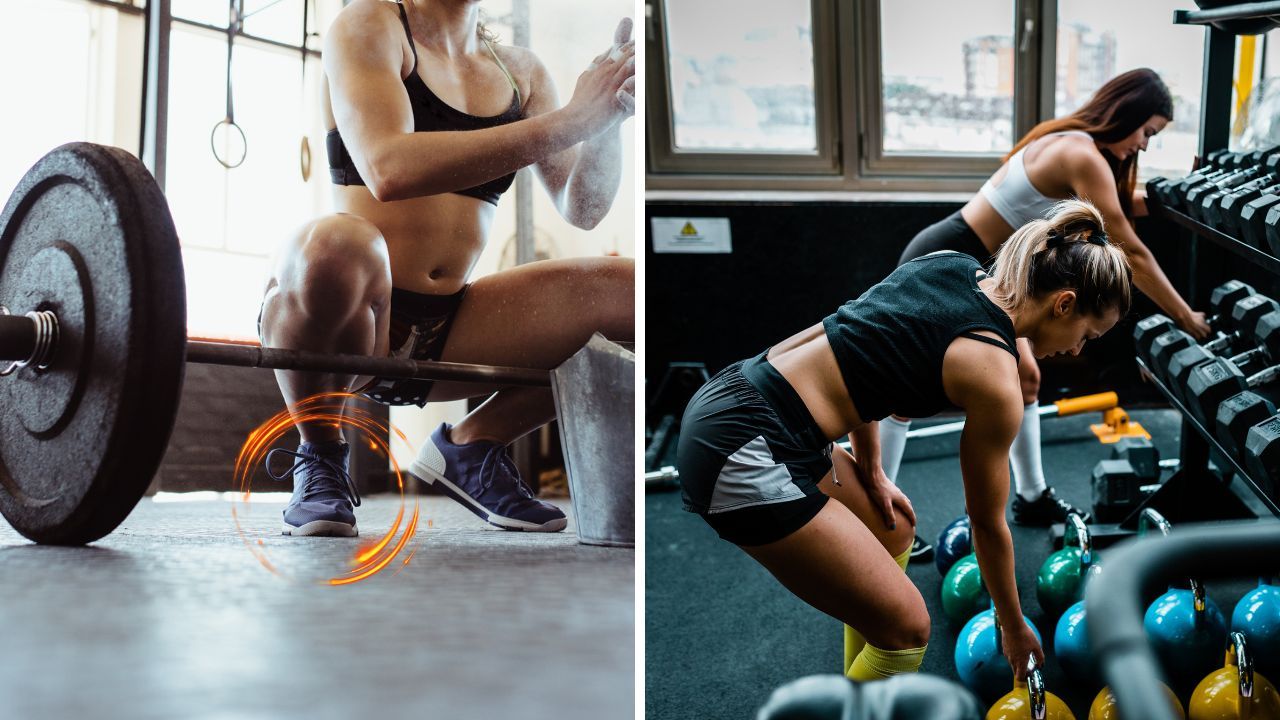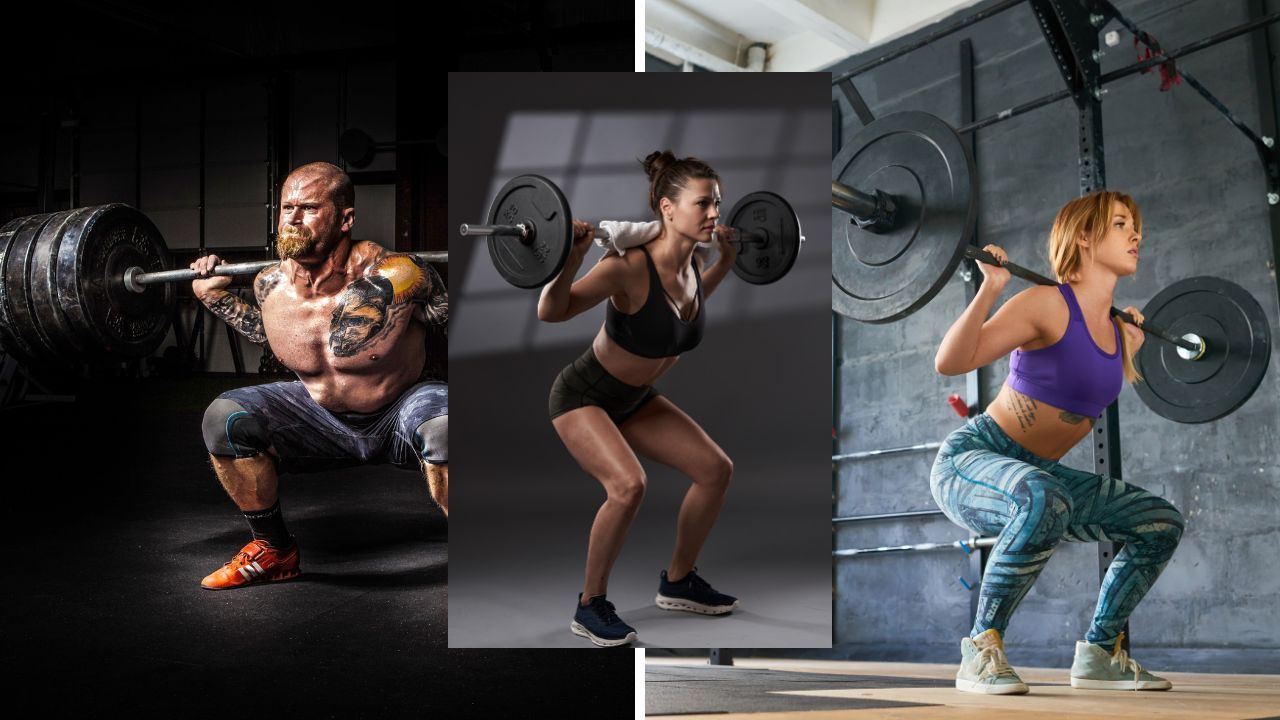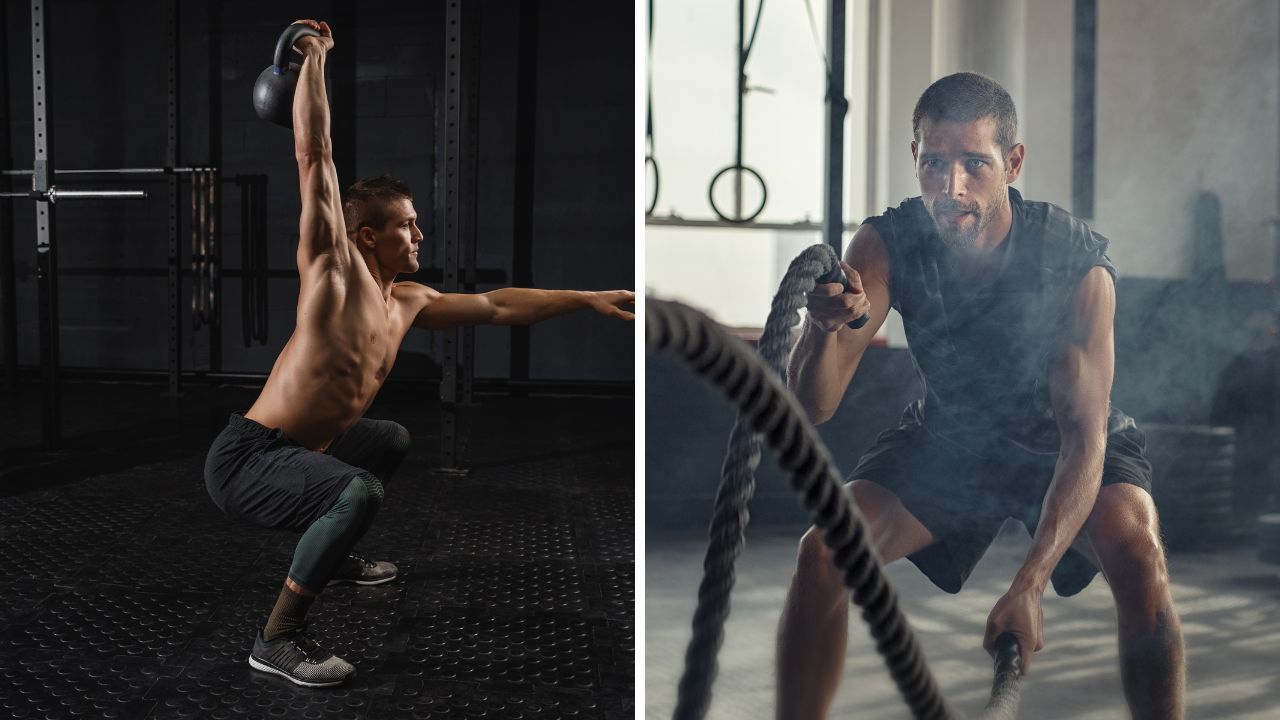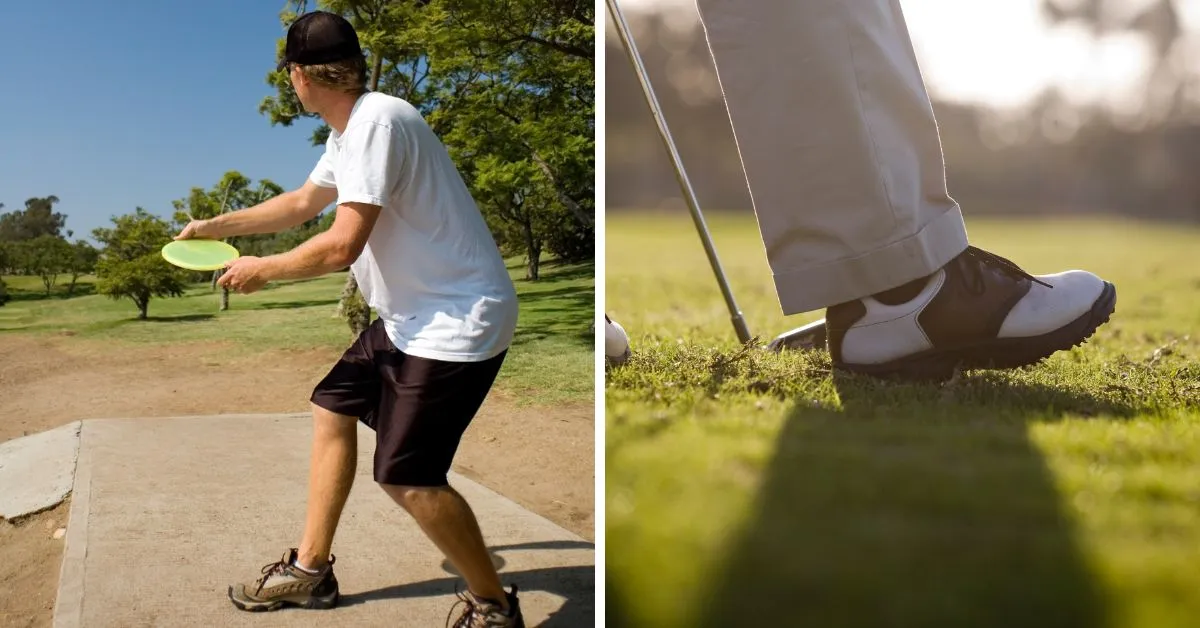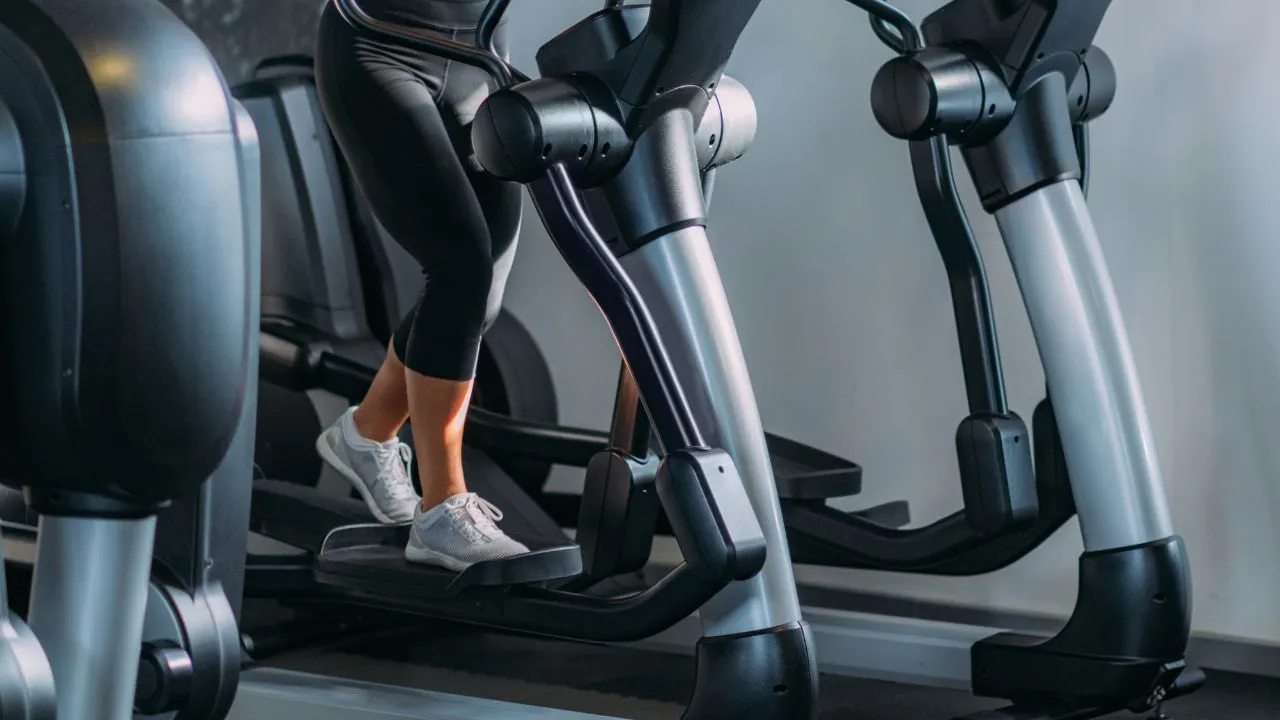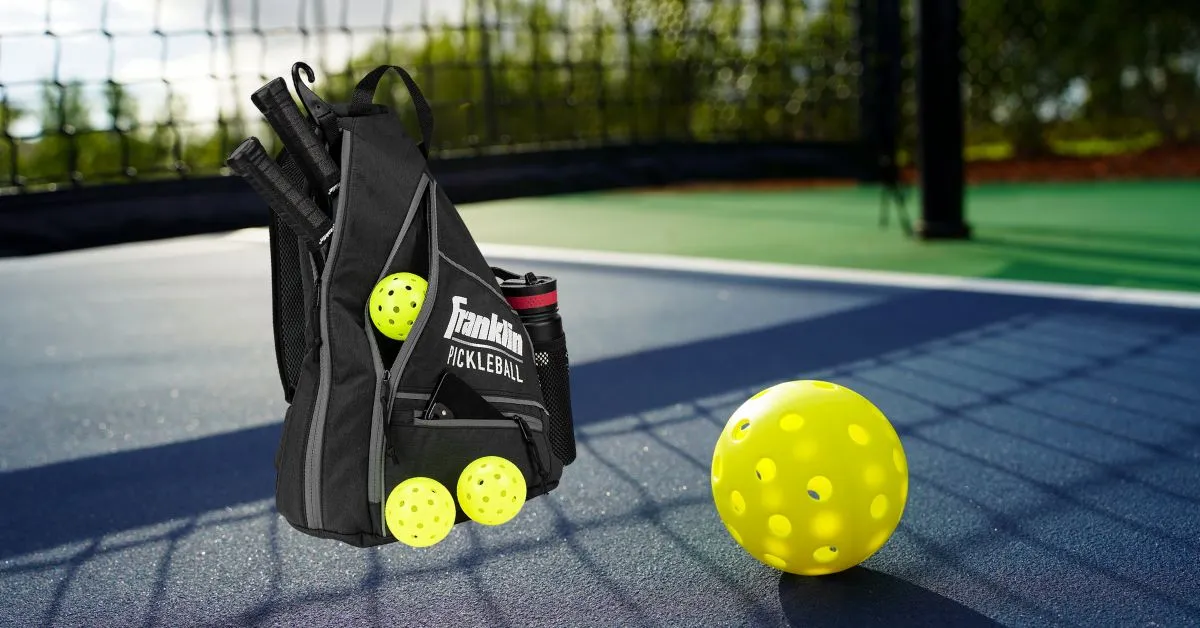Table of Contents
Cross training shoes have seen significant advancements in the fitness world, and they offer a perfect balance of stability, cushioning and durability to support any active lifestyle. Let’s look into what these types of athletic footwear are all about!
These types of trainers encompass diverse activities such as HIIT workouts or plyometrics, unlike running shoes which usually only cater for one specific purpose. We’ll take you through the process on how to find your ideal pair: from assessing foot shape & size, figuring out workout style, trying before buying plus we’ll give useful advice regarding shoe care and replacement schedules so that performance is always optimal.
One interesting fact too many people don’t know? Cross Training. Shoes also boast an exciting history filled with brand developments pushing towards evolving athletes’ needs even more, dive deep into this thrilling topic right here!
Table Of Contents
- Cross Trainers Summary
- Understanding Cross Training Shoes
- Anatomy of a Cross Training Shoe
- Comparing Cross Training Shoes to Running Shoes
- The Evolution of Cross Training Shoes
- Choosing the Right Cross Training Shoe for Your Needs
- Assessing Your Foot Type
- Identifying Your Workout Style
- Trying Before Buying
- Top Cross Training Shoe Brands and Models
- Caring for Your Cross Training Shoes
- When to Replace Your Cross Training Shoes
- Summary
- Frequently Asked Questions
- Other Related Articles
With detailed and rigorous research, we provide our readers with the finest recommendations. Our recommendations are our opinions. Our cause is backed by reader support- for every click made through one of our affiliates links, a commission may be earned at no extra expense to you! As an Amazon Associate, Reviewsopedia may earn a commission from qualifying purchases. Thank you and enjoy!
Cross Trainers Summary
- Cross training shoes offer stability, cushioning and support for a variety of activities.
- Understand the differences between cross training shoes and running shoes to make an informed choice.
- Assess foot type, workout style & care properly to ensure optimal performance from your shoe selection.
Understanding Cross Training Shoes
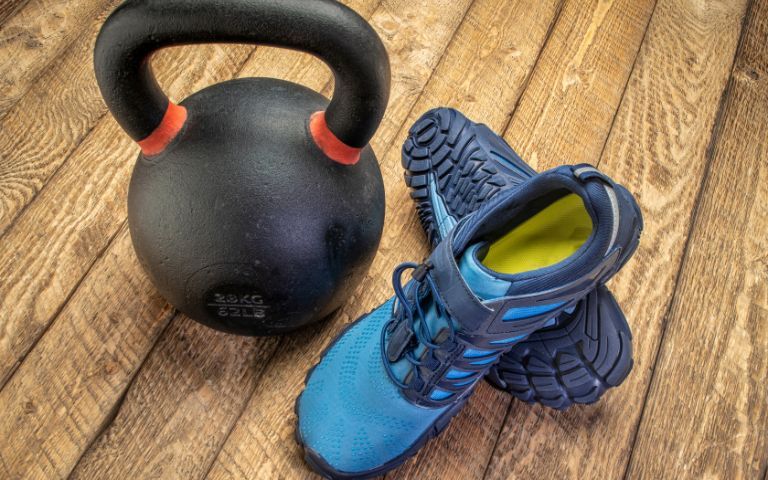
Cross training shoes are specially designed to meet the needs of a wide variety of workouts, from strength and plyometric exercises to HIIT classes. Combining elements from running shoes and weightlifting trainers, they offer stability, versatility and durability for multi-directional activities while also having a cushioning system suitable for high intensity work as well as providing support during heavy lifting sessions.
Featuring an extra wide toe box that allows greater flexibility plus lateral support, which is essential when performing explosive moves or quick changes in direction such as rope climbs or box jumps. Cross trainers provide grip on both indoor and outdoor surfaces due to their sturdy upper construction and robust rubber outsole too. Choosing your very best cross training pair requires you thinking about what type of foot you have along with your exercise routine & preferences. So investing in good cross training footwear can help boost performance levels alongside comfort no matter how often you use them either at home or gym on a Cross trainer machine!
Anatomy of a Cross Training Shoe

Cross training shoes are specifically designed to cater for a variety of workout routines, boasting features like hybrid design, cushioning and stability. The key element in these shoes is their construction, which combines characteristics from both running and weightlifting types, giving wearers an ideal balance of support while also maintaining the solidity required during exercises such as heavy lifting or lateral movements. Cross trainers feature extensive toe boxes to better accommodate wider feet.
This not only allows natural movement but aids explosive activities like box jumps or rope climbs with extra durability around the toes provided. It has superior shock absorption thanks to its EVA foam midsole that provides flexibility alongside firmness allowing maximum performance capabilities! Lastly, breathable uppers help keep your foot cool while on the go so you can remain comfortable throughout every session, no matter how intense they may be! With all these elements combined into one multi-purpose shoe,cross training sneakers prove perfect pick for those looking for a versatile yet stable foundation best suited perfectly to individual needs.
Comparing Cross Training Shoes to Running Shoes
When you take a closer look, cross training shoes and running shoes may seem similar in some aspects but they also have various distinctions that make them suitable for the activities they are used for. One distinction is cushioning, support and heel to toe drop. These vary between both types of footwear. Cross trainers typically come with different amounts of cushioning as well as better stability when it comes to performing lateral movements or HIIT workouts due to their lower heel-toe drop compared to regular running sneakers.
Running shoe features more cushion in its forefoot/heel area so while doing jogs one can experience much more absorbing effect from each stride taken whereas wearing training sneakers will lack proper protection if done on long distances runs, thus making investing in sole designed specifically for this activity best choice overall. On another hand, using designated runners’ pair during any other sport related exercise might result in injuries given by insufficient lateral movement supports together with low level stabilization offered by such type of footwear.
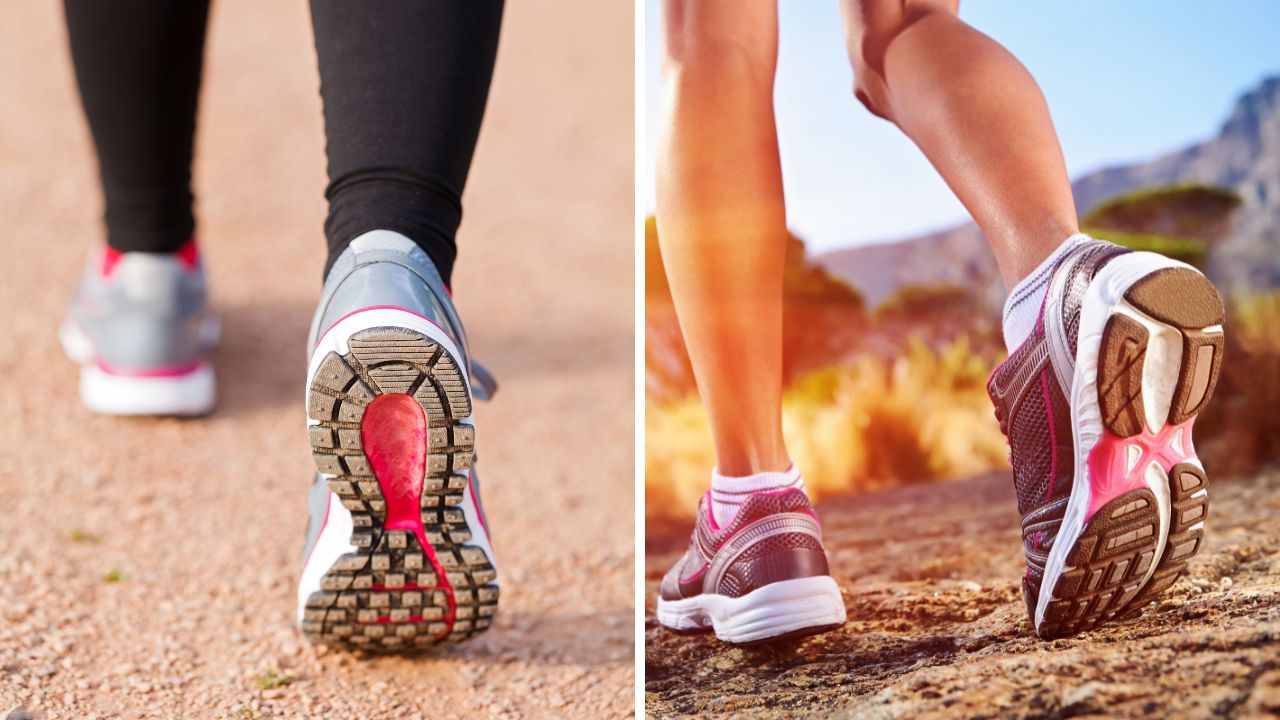
So how do we choose what kind of product would suit us? It all boils down entirely on our needs based preference – meaning which form exercising suits our style most since number pairs has been made just right either side dependant on factors like specificities required, appropriateness needed, amount supported & safety guarantee provided ; because after all, depending&adaptive relevance must be appropriate wherever determined exercise operations are pursued! Then: While similarly themed kickers indeed exist, understanding differences existing between two sorts helps determine optimal options completely covering whatever purpose endeavoured specialising respective forms involved at once!
The Evolution of Cross Training Shoes
Cross training shoes have come a long way since the introduction of Nike’s Air Trainer 1 in the 1980s. Brands like Nike, Reebok and Under Armour are pushing boundaries to improve upon designs by introducing technologies and materials that offer stability as well as comfort. The Nike Metcon series provides dual-density midsoles for greater support during strenuous activities while some models from Reebok Nano have wider toe boxes with less heel-to-toe drop giving wearers better mobility when working out.
Advancements made on cross trainers demonstrate progress within the fitness industry due to athletes constantly testing their own limits requiring specialized footwear pieces accordingly, thus inspiring Innovation.
Choosing the Right Cross Training Shoe for Your Needs
Before investing in a pair of cross training shoes, it is essential to analyze your individual needs, foot shape and type as well as workout style. This will allow you to choose the best cross training shoe that provides optimal support and performance for whatever requirements you may have.
Here are some pieces of advice on how to determine your foot type, evaluate what kind of exercise regimen works best for you, plus techniques on trying out the footwear before making an investment:
Assessing Your Foot Type
Finding your foot type is an essential part of selecting the correct cross training shoe for you. Whether flat-footed, high arched or having a neutral shape to one’s feet, picking out the appropriate cushioning and support in footwear ensures maximum performance as well as comfortability during exercise.
To identify your own unique foot pattern, examine any footprint left from stepping out of a shower or walking over wet ground. Those with flat, wide feet will show little arch while leaving behind wide prints, whereas higher arches make much narrower footprints that have visible gaps between heels and forefoot, finally evidencing more normal shaped pieces giving moderate curves when evaluated further. Understanding exactly what kind of help each individual needs based off their shoe choice can prevent unwanted injuries along with better results through proper exercise!
Identifying Your Workout Style
It’s essential to determine your preferred workout style and the specific activities you plan on taking part in so that a suitable cross training shoe is chosen for maximum support and performance. For example, those engaging heavily in high-intensity workouts such as running or heavy lifting weights, would need more cushioning, increased lateral stability, and additional heel-to-toe drop when selecting their shoe. In contrast, lighter forms of exercise like yoga or Pilates require a lightweight yet flexible footwear option. Likewise, one should consider both indoor gym floors and outdoor surfaces to get proper traction strength from the shoes they’re wearing during exercises, which includes weightlifting scenarios where extra support can be beneficial overall. Taking into account these key factors helps secure comfort while performing workouts but also guards against potential injuries whilst improving general output too by having an accurate fit through precision selection of appropriate cross training shoes for individual needs at hand.
Trying Before Buying
When buying a pair of cross training shoes, it’s essential to try them on beforehand. In-store shopping is the best option for this as you can try different models and sizes until you find one that fits properly. If purchasing your weightlifting shoes online, look for stores with flexible return policies in case they don’t fit well upon arrival.
Be sure to take into account important features such as width, cushioning support and overall feel when trying out your new trainers, bearing in mind that feet tend to swell during activities so err towards selecting later in the day if possible!
By taking time prior to purchase, ensuring an ideal fit not only enhances comfort but also increases performance while engaging any form of physical activity, weight training or cross training regime.
Top Cross Training Shoe Brands and Models
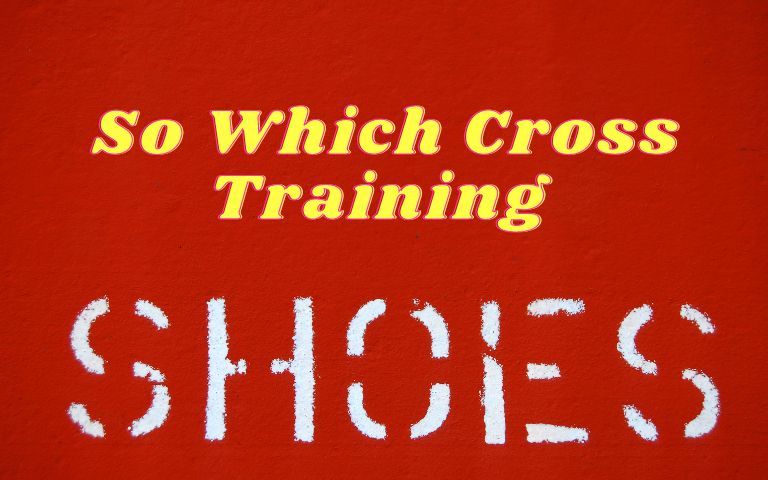
Cross training shoes are an important factor to consider when looking for the right pair that suits you. Today, there is a wide range of brands and models available with different features in order to meet various needs and workout styles. Some of these popular options include Nike Metcon 7, which offers enhanced stability due to its dual-density midsole plus superior grip thanks to its sticky rubber outsole, Reebok Nano X3 provides minimal arch support as well as motion control while HOVR Rise 3 from Under Armour showcases TriBase technology for improved balance during activities like HIIT or running sessions, Ryka Devotion XT keeps up with women’s feet demands along with breathable mesh uppers and flexible midsoles whereas NOBULL Trainer+ has lightweight construction but still durable outsoles. Finally we have Hylete Circuit II – similar qualities except additional stabilizing straps on top. When selecting a good cross training shoe, it’s essential to know all these facts about them so you make sure pick one that serves your purpose best!
Caring for Your Cross Training Shoes
In order to maximize the life of your cross training shoes and ensure they are still offering you peak performance, it’s important that you take good care of them. An effective way for cleaning is spot-cleaning – which means using a moist cloth to wipe away debris and any persistent stains with an old toothbrush before drying the shoe off with some paper towels. Fabric on most cross training shoes and sneakers can be washed by hand in mild dish soap solution combined with warm water, but stay clear from washing machines as this might hurt or reduce its lifespan eventually.
Apart from hygiene matters, keeping these special kind of shoes protected involves proper storage too! Keep your trainers in cool spots void from direct sunlight or humidity so as not suffer deterioration. This will aid their durability when engaging in vigorous exercise activities like exercising/cross training etc. By implementing all mentioned points above related to cleansing & maintenance, we make sure our running gear will keep providing us topnotch support throughout our workout routines!
When to Replace Your Cross Training Shoes
When exercising, the best cross training shoes are designed to deliver support and great performance. Knowing when it is time to switch up your pair of workout shoes can be crucial for optimal comfortability as well as continued good functioning during workouts. Speaking of which, experts suggest replacing a set of these athletic shoes every 80-100 hours or after six months depending on how often they’re used.
It could come down to some pretty clear signals that you need new trainers, such as the upper part having holes in them, wear along the inner side edges/frays appearing at heel parts. Lack of firmness while squeezing the sides by its wearer and pain caused due to wearing ones which don’t fit correctly anymore – all signifying it’s time for an upgrade shoe wise! To keep track if indeed replacement times have arrived, being aware with one’s number crunching plus keeping tabs on any visible signs mentioned before should do just fine until fitness needs change again requiring different apparel altogether, perhaps?
Replacing cross training shoes accordingly helps prevent unwarranted injuries from coming into play while also improving overall levels of comfort especially since daily activities usually demand certain specifications out of sneakers et al anyways. Investing wisely pays off then essentially aiding better outcomes within physical routines thus far, ensuring successfully met results each go around too subsequently so reliable quality wins always & conclusively point blank putting safety first above anything else secondarily.
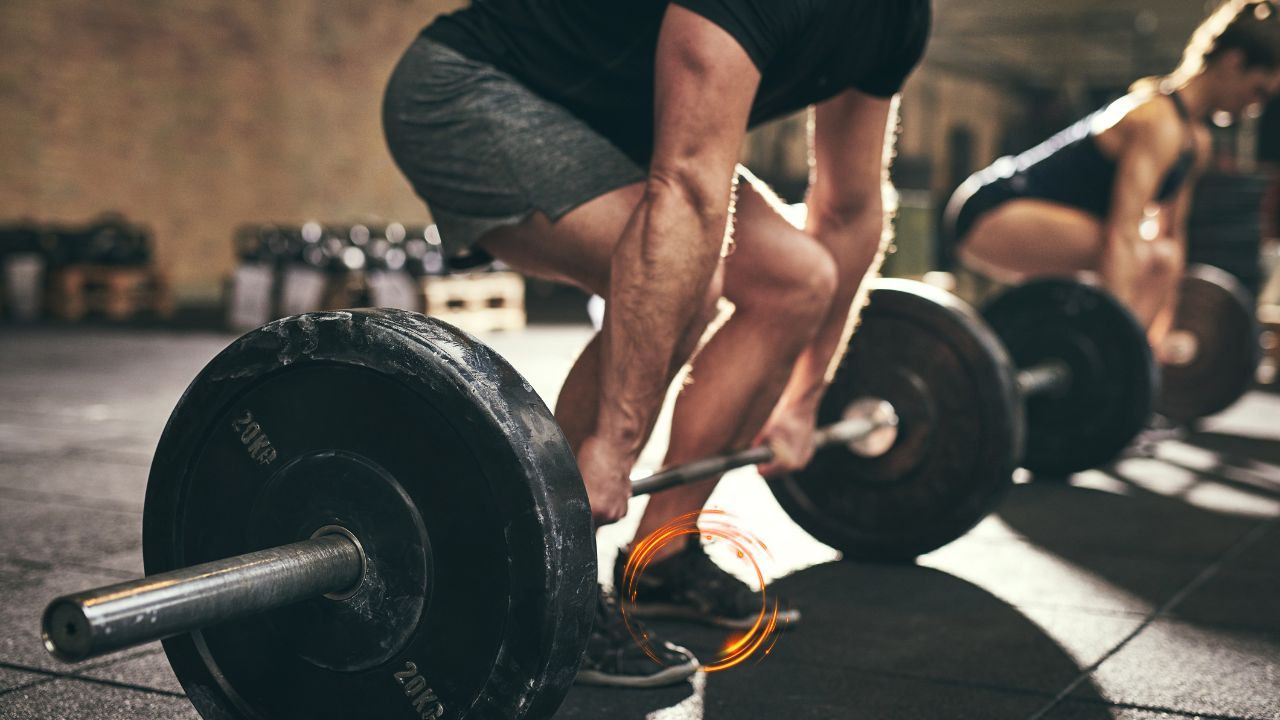


Summary
To sum up, cross training shoes are a must for fitness lovers and athletes who partake in different exercises. These flexible sneakers provide balance, cushioning and durability to accommodate various activities like weightlifting or HIIT workouts as well as plyometrics. To make sure you purchase the right pair of running shoes specifically tailored to your requirements. It is important to be acquainted with what kind of features these kinds of shoes possess compared to those used just for running.
The success in reaching physical goals is determined not only by how much effort one puts into their workout, but also based on the equipment they choose wisely – quality over quantity should always be kept in mind when picking out cross training trainers! With such support from comfortable yet firm gear this will assist any individual’s potentiality during exercise times significantly increase ensuring progressions can take place at an appropriate rate successfully achieving desired results along its duration regularly over time comfortably efficiently confidently competently excellently optimally potentially maximally capably effectively smoothly luxuriously vigorously triumphantly victoriously energetically highly commendably skilfully extremely gleefully gracefully pacifically joyously enduringly assiduously sedulously momentous speedily obviously easily shortly rapidly swiftly fast satisfyingly auspiciously
Frequently Asked Questions
What is the difference between training shoes and cross training shoes?
Cross training shoes are designed for a variety of activities like rope climbs and heavy lifting, with long-term durability and more cushioning in the forefoot to absorb impact.
In contrast, running shoes are primarily designed to protect from repetitive load, while featuring padding in the heel to support foot strike.
Is it OK to run in cross training shoes?
When it comes to long distance running, cross training shoes are the best. Don’t provide the necessary level of comfort or cushioning needed. It’s not a recommended option for individuals wanting to run distances more than one mile. Alternative types of training shoes should be considered.
How do I know if my shoes are cross-training?
To identify if your shoes are suitable for cross-training activities, look out for a lower heel-to-toe drop and better grip, as well as added stability from the supportive heel. Cross training shoes also tend to be constructed with EVA foam on top of thermoplastic polyurethane layer and rubber bottom layer. This setup ensures optimal flexibility and cushioning during strenuous activity associated with such sports and gym workouts.
Can you squat in cross training shoes?
Cross-training shoes are equipped with rubber outsoles and mid or high density foam midsoles that provide more lateral stability for cross training exercises, making them suitable to perform squats in a gym floor safely.
How often should I replace my cross training shoes?
It is best to switch out your cross training shoes every 80-100 hours of exercise or bi-annually for optimum performance. Making sure you stay up to date with the latest pair of cross training workouts and sneakers.
Other Related Articles
